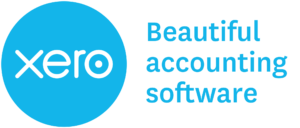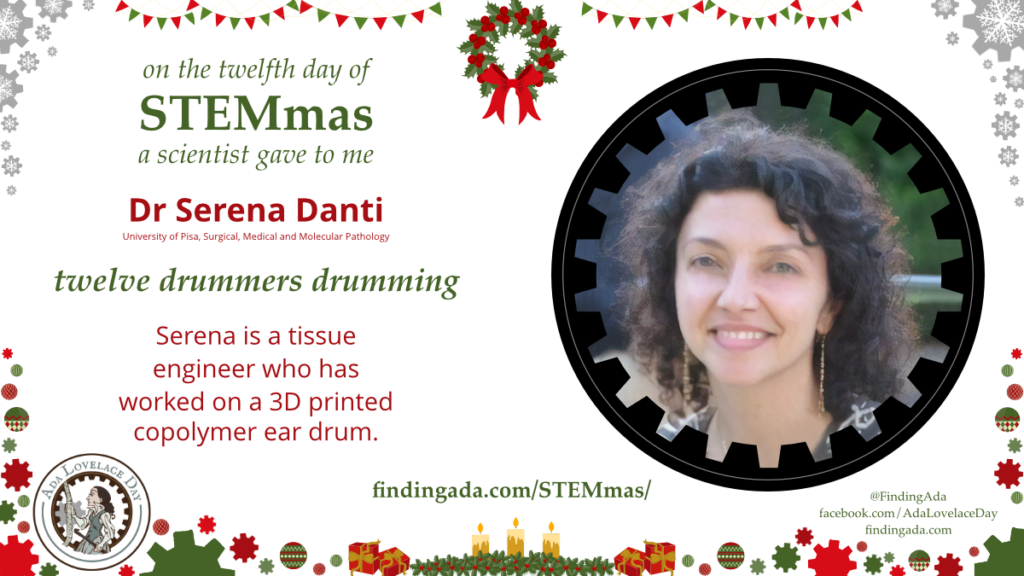 If your dream job takes you away from friends and family, we have you covered with some great strategies for settling into a new job, a new town and a new social scene. It might be slightly daunting at first, but fortunately there are some tried and tested ways to settle in quickly.
If your dream job takes you away from friends and family, we have you covered with some great strategies for settling into a new job, a new town and a new social scene. It might be slightly daunting at first, but fortunately there are some tried and tested ways to settle in quickly.
First off, to quote the wise sage Douglas Adams: Don’t Panic! Every graduate feels a bit of an adjustment going from university to the world of work. Up until you get that first job, your social life is packaged quite nicely. You have your classmates and a lot of structured ways to socialise. But the same can be said for life after uni too. Moving to a new town is always a bit daunting, but there are lots of ways that you can easily connect with new people and soon feel right at home.
Finding friends at work
Let’s go for the low hanging fruit first. Work can be a great starting point for making connections, and businesses are getting much better welcoming new employees. If you’re working for a major international company, they might even have a formal onboarding process to not only help you learn the ropes but also to give you a group of peers to build connections with. If you aren’t given a welcome pack within your first few days, ask if there’s anything available.
Many larger companies also have employee groups that organise social activities outside of work hours. These might be general, or they might be organised around shared interests such as hiking, board games or films. Ask your new colleagues if anything like that exists, or take a look on your company intranet.
Keep an ear out too for social activities that are being organised by members of your immediate team. They’re good opportunities not just to get to know your colleagues, but also to ask for advice on what to do in town. And who knows, you might find someone who’s got the same interests as you.
Be careful not to work so much that you leave yourself little time to make connections in your new surroundings. While you might be throwing yourself into work both to impress your new managers, or because you don’t have any social connections yet, you’ll be happier if your life is more balanced between work and play.
What’s on in town?
Another great way to find like-minded people in a new community is to look for local clubs, groups and organisations. Whether you’re into sports, arts or crafts, or theatre, hobbies are a great way to find new friends. You can even start doing this research before you make the move and, if you’re fortunate enough to have a number of great job offers, it might help you decide on which opportunity is the best one for you.
If you don’t already have a hobby, or can’t find a local group that you like the look of, take a look at what courses are available. You could take up painting, dance, or rock climbing! There are plenty of activities that don’t require you to go with someone else, so it doesn’t matter if you have a partner to take or not.
Equally, look into local gym membership and see what classes are available there. Going to the same place each week, bumping into the same people each week, is a good way to start to meet new people. Just makes sure you smile and say hello to people, to make sure that they realise you’re open to a conversation.
The value of sharing a flat
Author Sarah Abell, who has written a book about developing authentic relationships, also suggested in The Telegraph that you might consider moving into shared accommodation at first.
Most people have experienced sharing a flat or house during university and the years directly afterwards, and you might feel that you now want space to yourself. But sharing accommodation will introduce you to a handful of people that you’ll see regularly and who probably already know the area and can give you advice.
Use social media to find local groups
Do be careful, though that you don’t disappear into Facebook, where all your friends and family from back home are. It might feel familiar, but it is no substitute to making connections where you live now.
But you can use social media productively to help you find activities and friends. Look for groups that support new people in your community, and do ask questions. Once you’ve been in your new community a while and have connected with people there, Facebook’s new events service will even suggest nearby events that your new friends have discovered and are going to.
And once you are settled in, be active in welcoming other new arrivals and offering them help and advice. You might just turn out to be the new friend that they need!
 The Finding Ada Online Careers Fair for Women in STEM was sponsored by Xero, a beautiful, easy-to-use online accounting software for small businesses and their advisors. It has over one million subscribers in more than 180 countries, with more than 250,000 of those in the UK.
The Finding Ada Online Careers Fair for Women in STEM was sponsored by Xero, a beautiful, easy-to-use online accounting software for small businesses and their advisors. It has over one million subscribers in more than 180 countries, with more than 250,000 of those in the UK.
Photo by Yiannis Theologos Michellis.


 One of the biggest challenges when you’re looking for a job, especially that first job, can be getting a conversation with a recruiter, which is why the
One of the biggest challenges when you’re looking for a job, especially that first job, can be getting a conversation with a recruiter, which is why the 
 If your dream job takes you away from friends and family, we have you covered with some great strategies for settling into a new job, a new town and a new social scene. It might be slightly daunting at first, but fortunately there are some tried and tested ways to settle in quickly.
If your dream job takes you away from friends and family, we have you covered with some great strategies for settling into a new job, a new town and a new social scene. It might be slightly daunting at first, but fortunately there are some tried and tested ways to settle in quickly. 